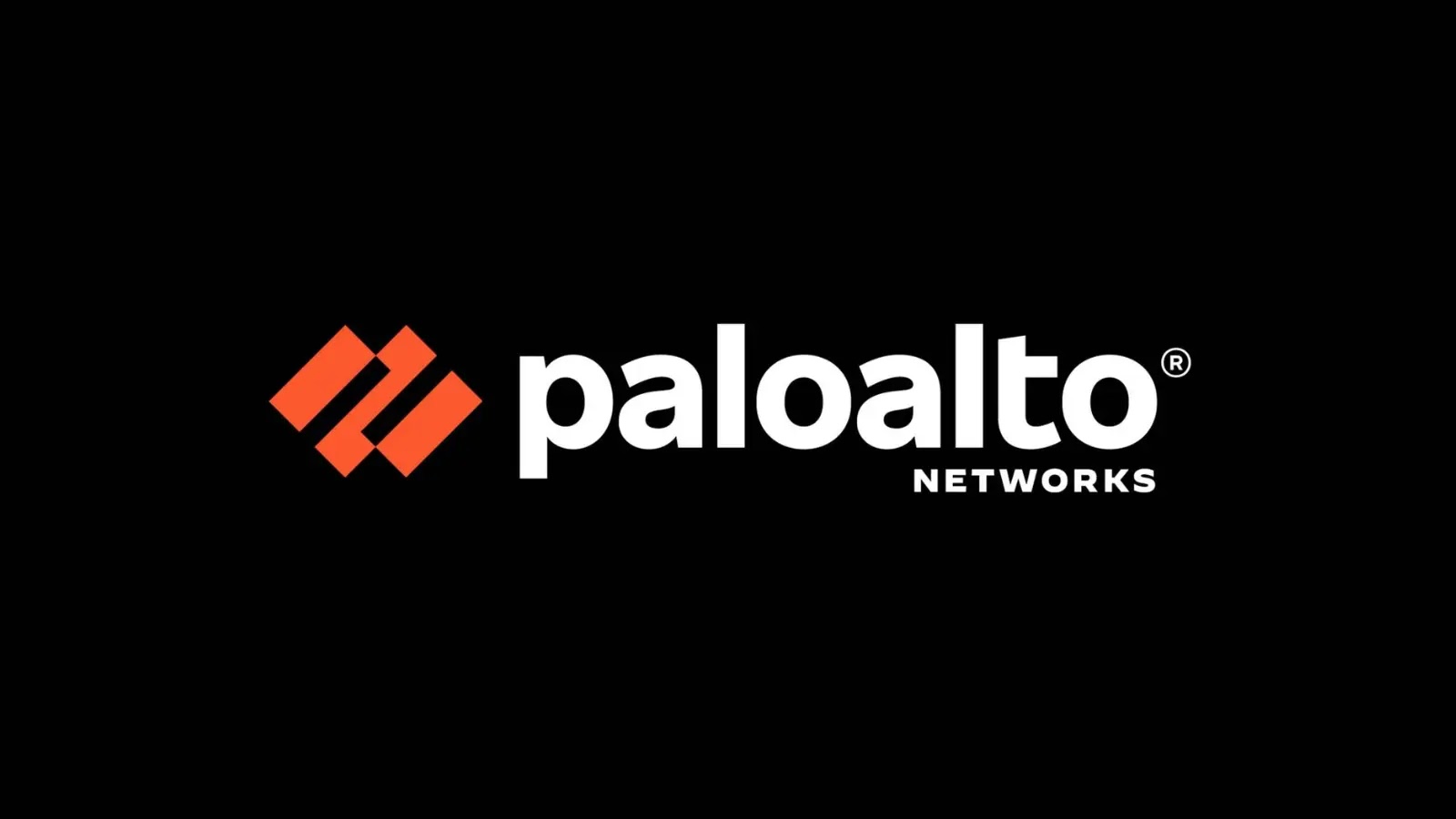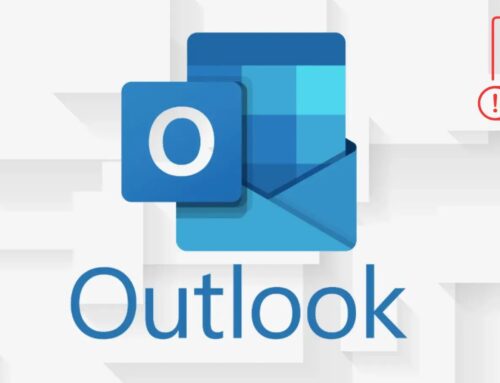
Hackers Attacking Palo Alto Networks’ GlobalProtect VPN Portals with 2.3 Million Attacks
Palo Alto Networks GlobalProtect VPNs Under Siege: A Deep Dive into 2.3 Million Attacks
Remote access solutions are the backbone of modern enterprise connectivity, enabling distributed workforces to securely access critical resources. However, their pervasive nature also makes them prime targets for malicious actors. Recent intelligence from GreyNoise reveals a staggering escalation in attacks against Palo Alto Networks GlobalProtect VPN portals, with over 2.3 million malicious sessions recorded since November 14, 2025. This surge, experiencing a 40-fold increase within a single 24-hour period, highlights a critical and immediate threat to organizations relying on these widely deployed VPN solutions.
Understanding the Threat Landscape
The sheer volume of these attacks – the highest activity level observed in the past 90 days – signals a concerted effort by adversaries to compromise VPN infrastructure. While the exact motivations behind this specific campaign are still under analysis, attackers often target VPN portals for several reasons:
- Initial Access: Successful exploitation of a VPN vulnerability or credential stuffing campaign grants attackers a foothold within a corporate network.
- Data Exfiltration: Once inside, adversaries can exfiltrate sensitive data, intellectual property, or customer information.
- Ransomware Deployment: Compromised VPNs can serve as a conduit for dropping ransomware, disrupting operations and demanding hefty payments.
- Lateral Movement: Gaining access through a VPN allows attackers to move laterally across the network, escalating privileges and compromising additional systems.
This sustained campaign against GlobalProtect VPNs underscores the relentless nature of cybercrime and the constant pressure on security teams to defend their perimeters.
Identifying Potential Vulnerabilities and Attack Vectors
While the GreyNoise report doesn’t explicitly detail the specific vulnerabilities being exploited in these 2.3 million attacks, historical precedents and common attack methodologies suggest several possibilities. Attackers frequently leverage:
- Credential Stuffing: Automated attempts to log in using previously leaked username and password combinations. This is a common tactic when targeting widely used services.
- Brute-Force Attacks: Systematically trying numerous password combinations against legitimate user accounts.
- Known Vulnerabilities: Exploiting publicly disclosed vulnerabilities in the GlobalProtect software or its underlying components. While no new, major Palo Alto Networks GlobalProtect CVE has been announced concurrently with this surge, older, unpatched vulnerabilities could be exploited. For example, the critical RCE vulnerability CVE-2021-3064 affecting Palo Alto Networks PAN-OS GlobalProtect portals highlights the severe impact such flaws can have.
- Phishing and Social Engineering: Tricking users into revealing their VPN credentials through deceptive emails or websites.
Remediation Actions for GlobalProtect Users
Organizations utilizing Palo Alto Networks GlobalProtect VPNs must take immediate and proactive steps to mitigate the increased risk posed by these attacks. A multi-layered security approach is essential:
- Patch Management: Ensure all Palo Alto Networks PAN-OS devices running GlobalProtect are updated to the latest stable and patched versions. Regularly check for security advisories and promptly apply recommended updates.
- Multi-Factor Authentication (MFA): Implement and enforce MFA for all GlobalProtect users. This significantly reduces the effectiveness of credential stuffing and brute-force attacks, even if passwords are compromised.
- Strong Password Policies: Mandate complex, unique passwords for all VPN accounts and enforce regular password changes.
- Geographic IP Filtering: If your organization primarily operates within specific geographic regions, consider restricting GlobalProtect access to only those regions.
- Threat Intelligence Integration: Leverage threat intelligence feeds, like those from GreyNoise, to identify and block connections from known malicious IP addresses.
- Logging and Monitoring: Implement robust logging for GlobalProtect VPN access and monitor these logs diligently for suspicious login attempts, originating IP addresses, and user behavior anomalies. Utilize Security Information and Event Management (SIEM) systems for real-time alerting.
- User Education: Train employees on phishing awareness and the importance of strong security practices.
- Network Segmentation: Limit the network access granted through VPN connections to only essential resources. Implement granular access controls.
Tools for Detection and Mitigation
Leveraging appropriate tools is crucial for both reactive incident response and proactive security hardening. The following table lists relevant tools:
| Tool Name | Purpose | Link |
|---|---|---|
| Palo Alto Networks Cortex XDR | Endpoint detection and response (EDR) and extended detection and response (XDR) for threat prevention, detection, and response. | https://www.paloaltonetworks.com/cortex/xdr |
| Palo Alto Networks Next-Generation Firewalls | Network traffic inspection, threat prevention, and VPN termination with advanced security features. | https://www.paloaltonetworks.com/network-security/next-generation-firewall |
| GreyNoise Intelligence | Identifies background internet noise, including scanning activity, helping filter out benign from malicious traffic. | https://www.greynoise.io/ |
| SIEM Solutions (e.g., Splunk, Elastic Security) | Centralized logging, security event monitoring, and alerting for suspicious VPN activity. | https://www.splunk.com/ (for Splunk) |
| Vulnerability Scanners (e.g., Nessus, OpenVAS) | Identifies known vulnerabilities in network devices, including VPN portals, for proactive patching. | https://www.tenable.com/products/nessus (for Nessus) |
Conclusion
The relentless barrage of over 2.3 million attacks against Palo Alto Networks GlobalProtect VPN portals since November 14, 2025, serves as a stark reminder of the persistent and evolving threats targeting remote access infrastructure. Organizations must prioritize the security of their VPN solutions, implementing robust patch management, mandatory multi-factor authentication, and continuous monitoring. A proactive defense strategy, coupled with a deep understanding of potential attack vectors, is critical to safeguard against compromise and maintain the integrity of enterprise networks.





